Visual Perception Skills Math Worksheets for Ages 4-5
10 filtered results
-
From - To
Give your child a head start in early math with our engaging Visual Perception Skills Math Worksheets for Ages 4-5. Specifically designed to enhance spatial awareness, problem-solving, and critical thinking, these vibrant worksheets make learning enjoyable. Kids can explore a variety of activities, such as matching, pattern recognition, and shape sorting, which are crucial for developing foundational math skills. Created by experts in early childhood education, our printable worksheets ensure that little learners build confidence while having fun. Perfect for at-home practice or classroom use, these resources lay the groundwork for a successful math journey. Boost your child’s visual perception today!
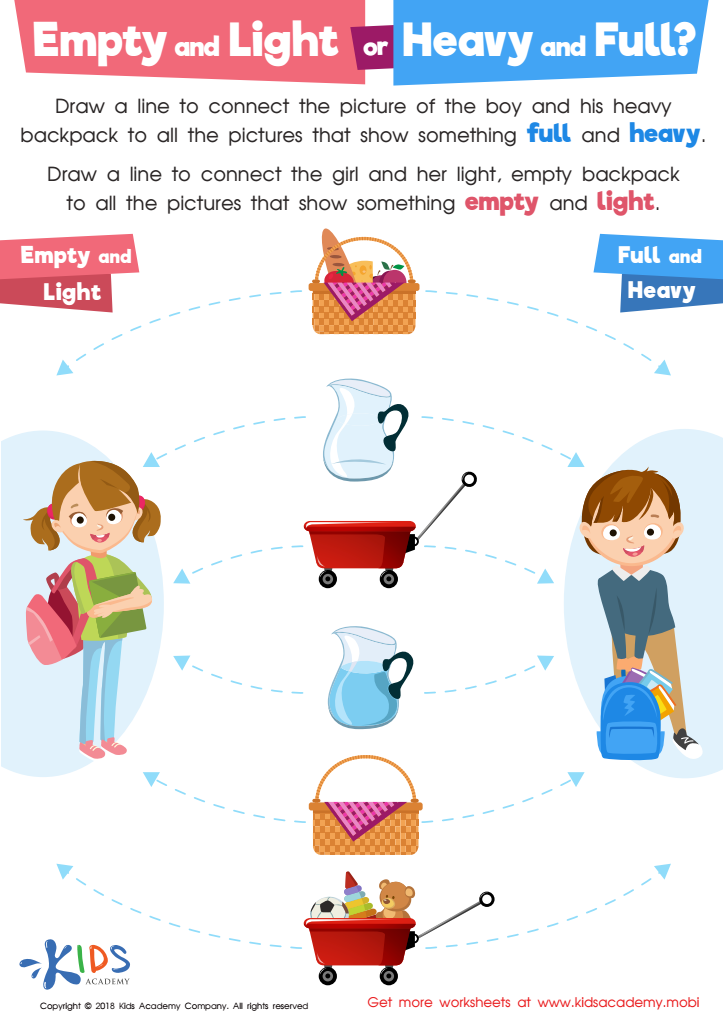

Empty and Light or Heavy and Full? Worksheet
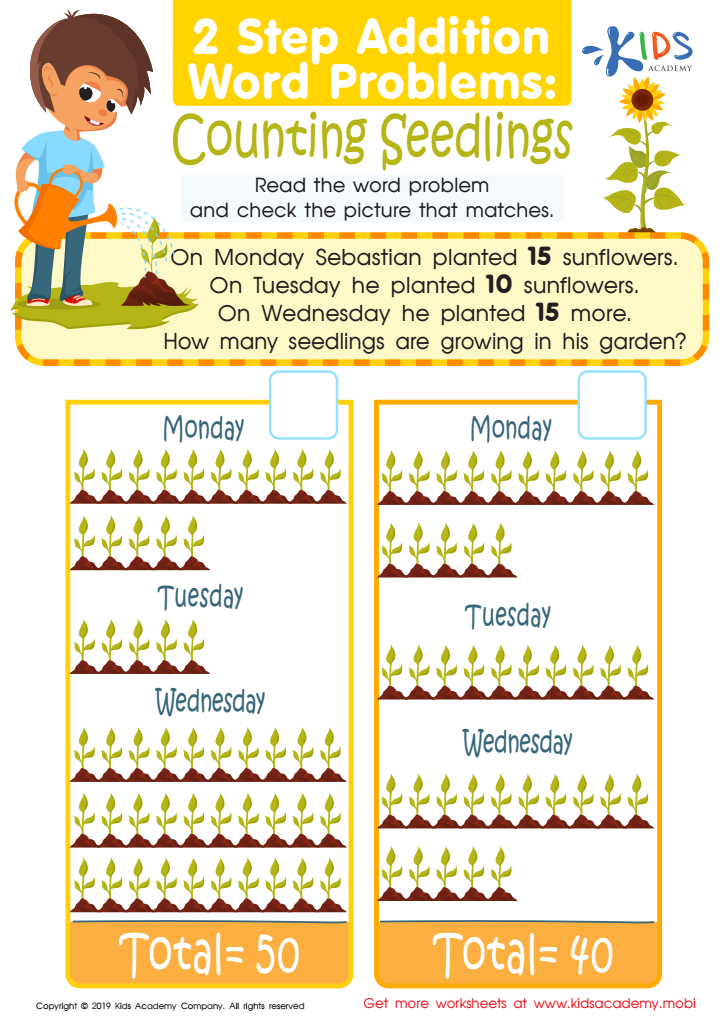

Counting Seedlings Worksheet


Shapes of All Sizes Worksheet
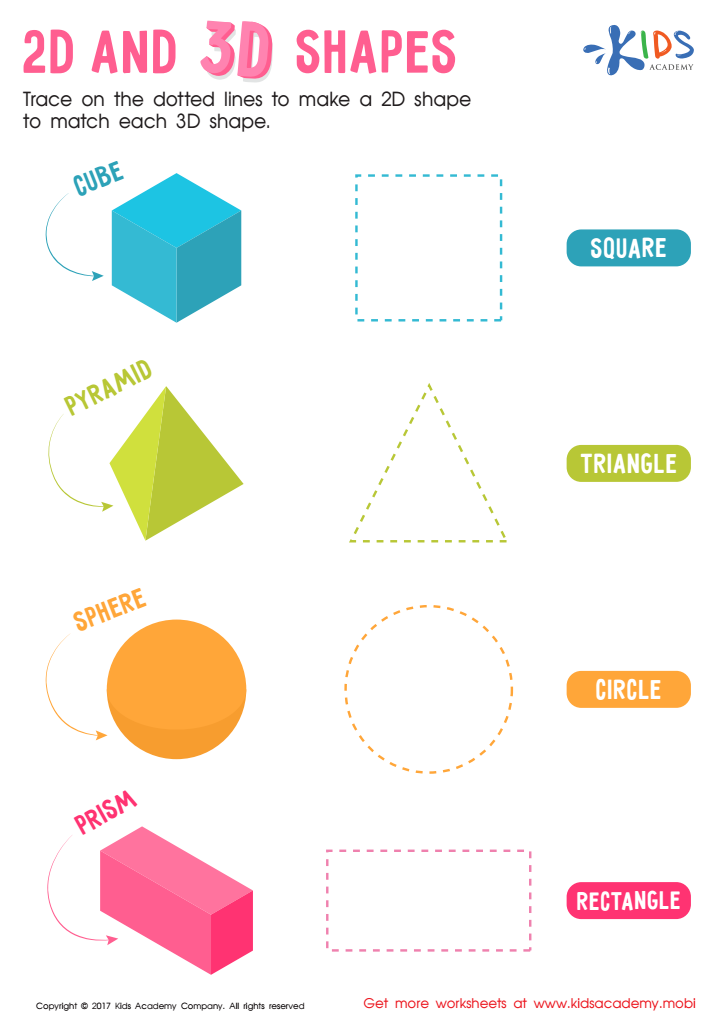

2D and 3D Shapes Worksheet
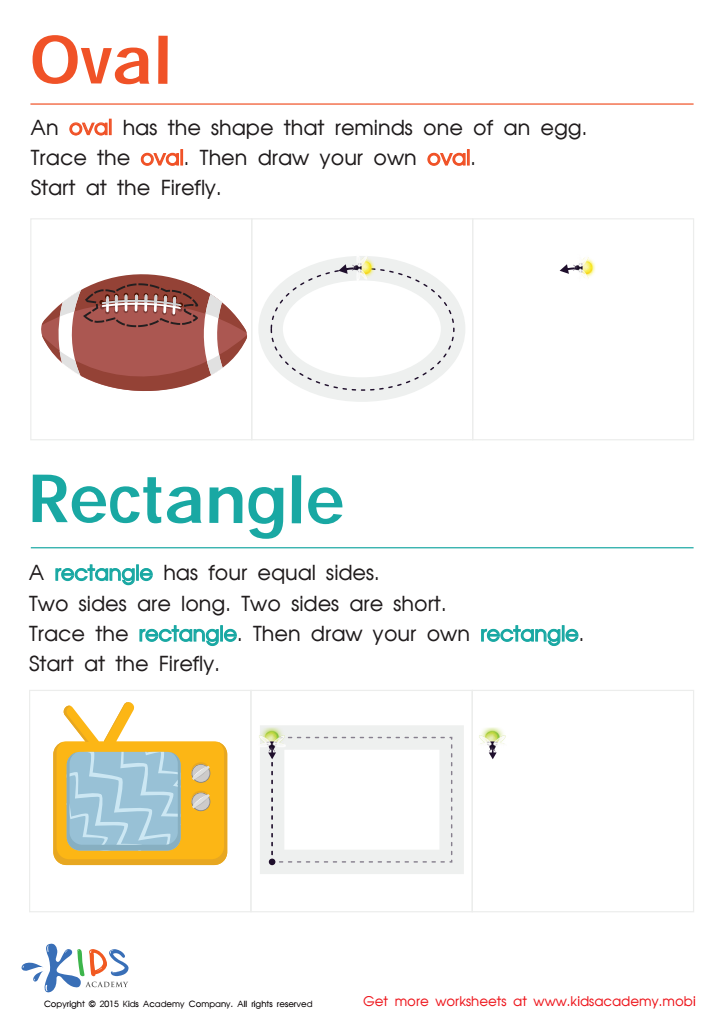

Easy Drawing of Ovals And Rectangles Worksheet
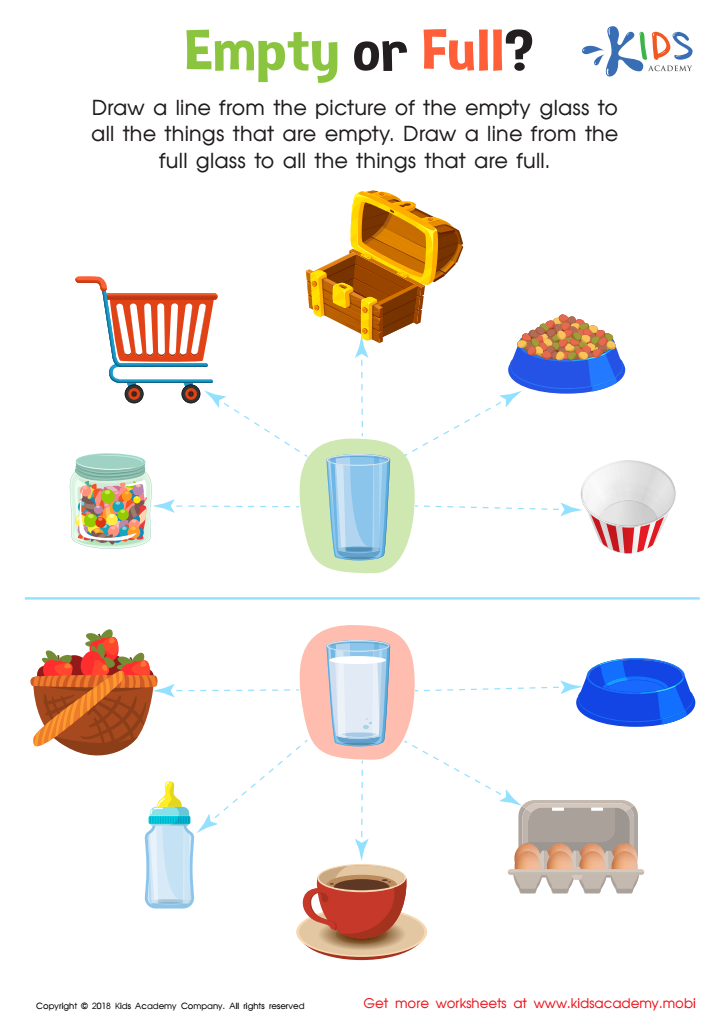

Empty or Full? Worksheet
Visual perception skills are critical for early math development in children aged 4-5. These skills enable kids to interpret and understand visual information from their environment, which is essential for recognizing patterns, shapes, numbers, and spatial relationships. Strong visual perception skills help children distinguish between different shapes and sizes, recognize numbers, and understand basic math concepts such as counting, addition, and subtraction.
When children have well-developed visual perception skills, they can more easily grasp the fundamental principles of math, making future learning more intuitive and enjoyable. For example, being able to organize objects by size or identify patterns contributes significantly to solving math problems. Furthermore, these skills support reading and writing abilities, as they involve recognizing letter shapes and understanding spatial organization on a page.
Parents and teachers can foster these skills through interactive activities, such as puzzles, matching games, and drawing exercises. These activities not only make learning fun but also strengthen children's cognitive abilities. By focusing on these foundational skills, parents and teachers equip children with the tools they need for academic success, setting a strong foundation for more complex math and other learning areas in the future.
 Assign to My Students
Assign to My Students

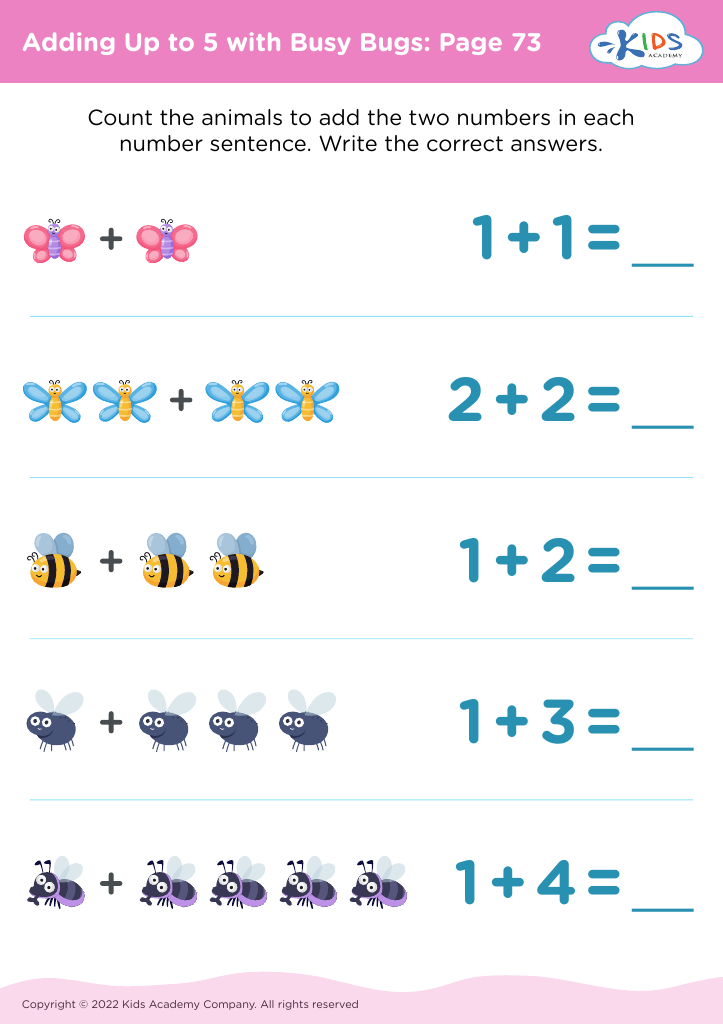
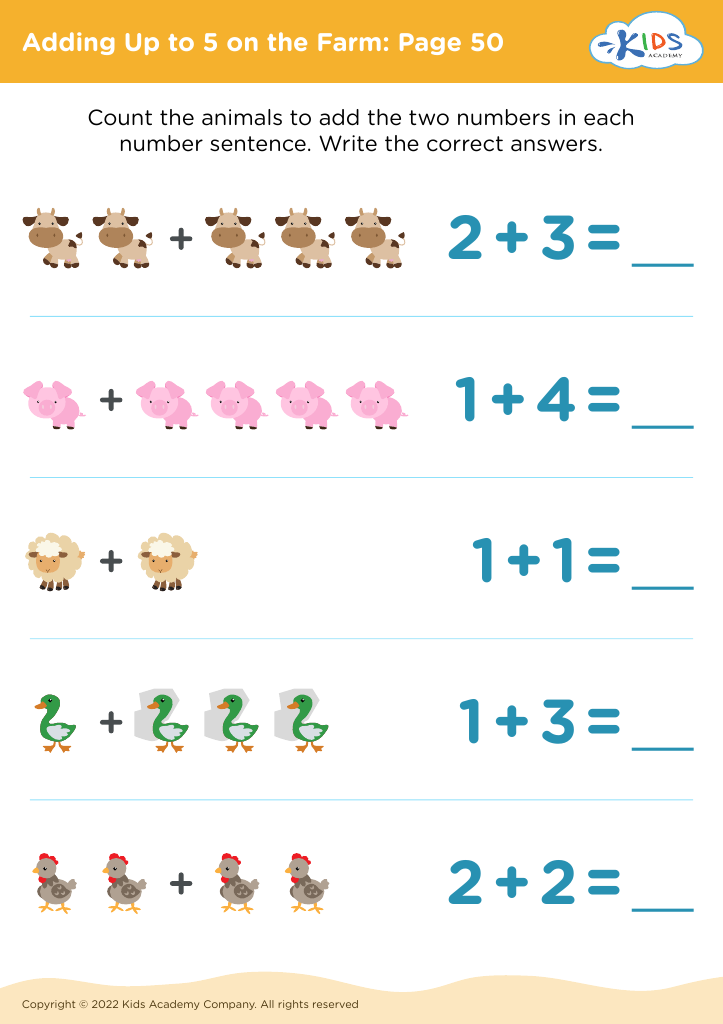
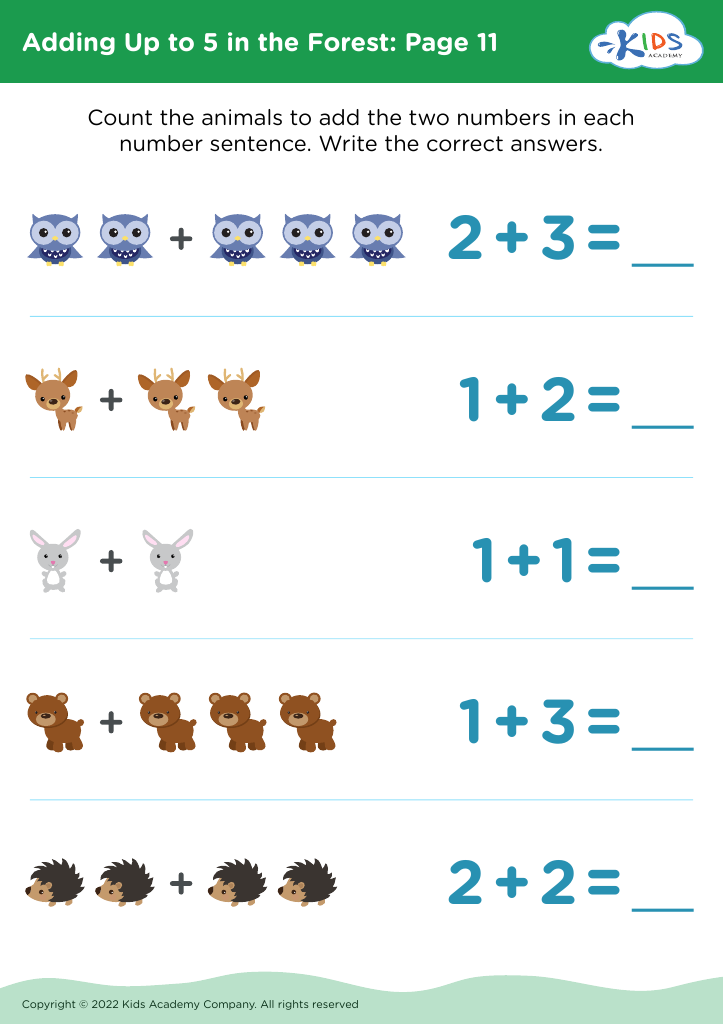
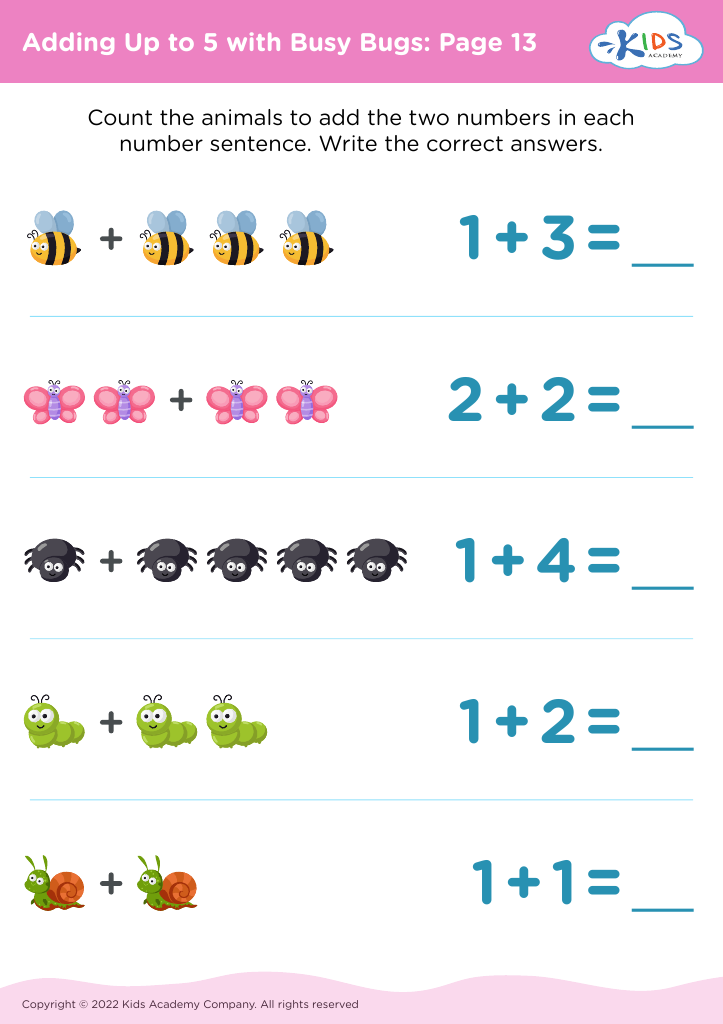




.jpg)


.jpg)











